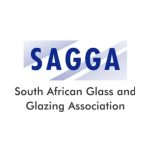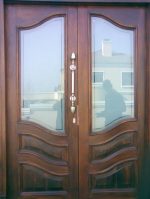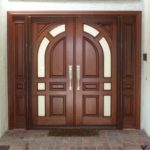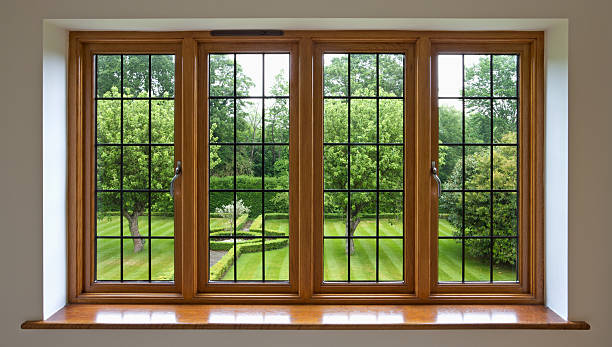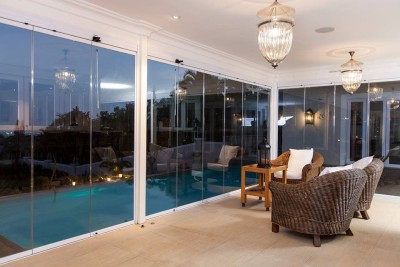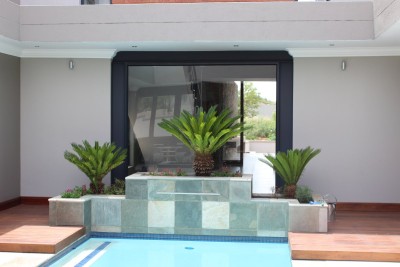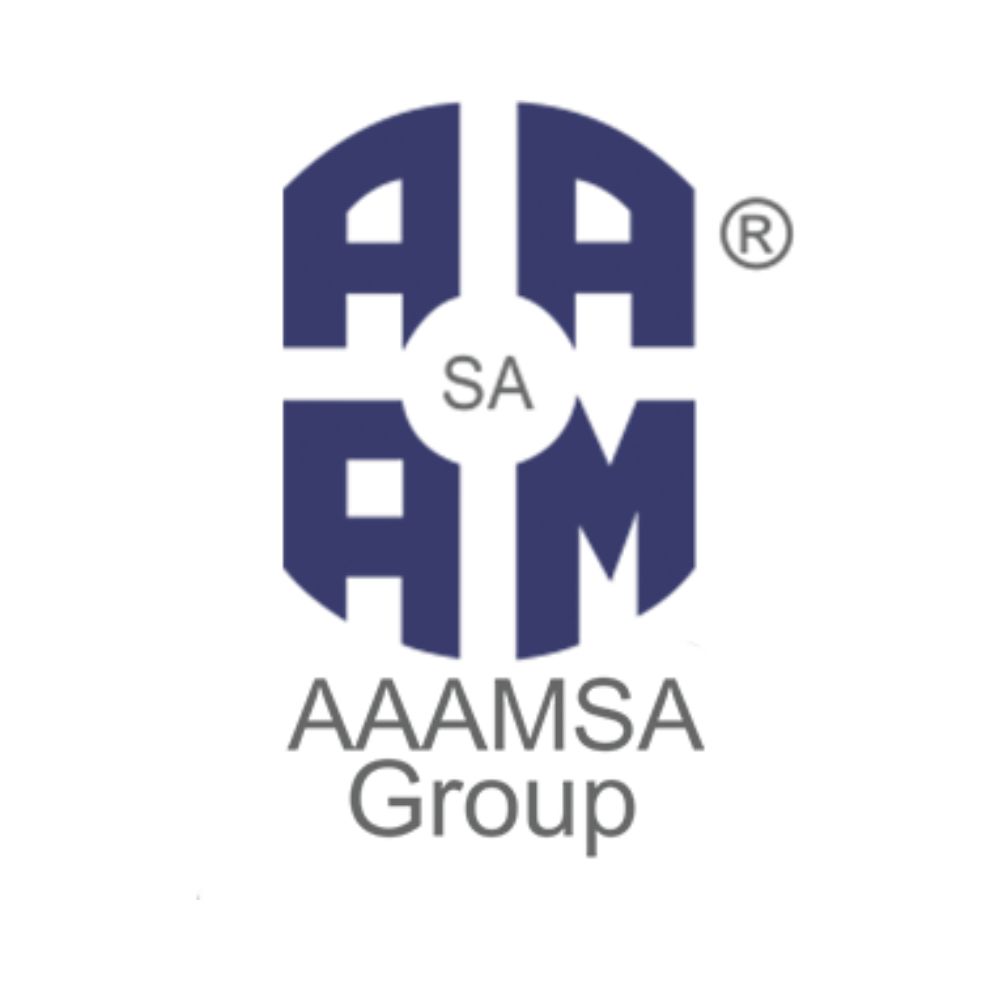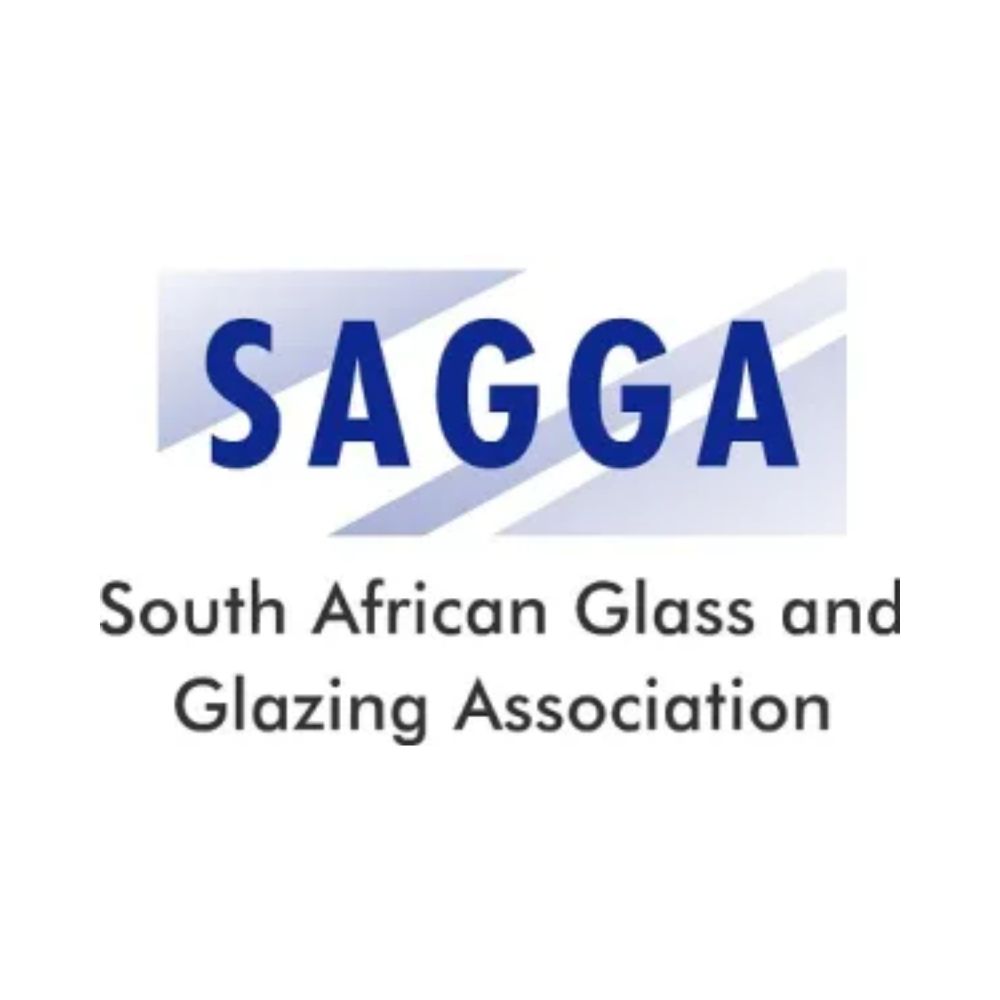JD Alu Touch FAQ
Yes, although JD Alu Touch treats your wooden product with oil before assembly, it is recommended that wooden products should be treated before installation, with a penetrating wood oil, thereafter treated regularly.
Powder-coated aluminum has several advantages -.
Durability: Powder coated aluminum is highly durable and resistant to scratches, chipping and fading, making it suitable for various applications.
Weather Resistance: Powder-coated aluminum can withstand harsh weather conditions.
Low Maintenance: Powder-coated aluminum requires minimal maintenance.
Color Options: Powder coating offers a wide range of color choices and finishes, allowing for customisation and design flexibility.
Environmental Impact: Powder coating is eco-friendly as it produces less waste and doesn’t require harmful chemicals.
Weight: Aluminum is lightweight, making it easier to handle and transport.
Fire Resistance: Aluminum is non-combustible, providing fire resistance.
Longevity: Powder-coated aluminum has a long lifespan.
Cost-Effectiveness: While initial costs might be higher, the longer lifespan and lower maintenance costs of powder-coated aluminum can make it cost-effective.
Annealed glass is the basic flat glass product that is the first result of the float process. It is the common glass that tends to break into large, jagged shards. It is used in some end products – often in the double-glazed windows, for example. IT is also the starting material that is turned into more advanced products through further processing such as laminating, toughening, coating, etc.
Two or more panels of glass are bonded to a perimeter spacer, either a metal or thermoplastic spacer, (TPS). Either air or argon gas fills the space between the glass panes. Their primary benefit is insulation and solar control. Most types of glass can be incorporated into an insulating glass unit.
Toughened glass is treated to be far more resistant to breakage than simple annealed glass, and to break in a more predictable way when it does break, thus providing a major safety advantage in almost all of its applications. Toughened glass is made from annealed glass treated with a thermal tempering process. A sheet of annealed glass is heated to above its ‘annealing point’ of 600 degrees; its surfaces are then rapidly cooled while the inner portion of the glass remains hotter. The different cooling rates between the surface and the inside of the glass produces different physical properties, resulting in compression stresses in the surface balanced by tensile stresses in the body of the glass. These countering stresses give toughened glass its increased mechanical resistance to breakage, and are also, when it does break, what cause it to to produce regular, small, typically square fragments rather than long, dangerous shards that are far more likely to lead to injuries. Toughened glass also has an increased resistance to breakage as a result of stresses caused by different temperatures within a pane. Toughened glass has extremely broad application in products both for buildings and for automobiles and transport, as well as other areas. Car windshields and windows, glass portions of building façades, glass sliding doors and partitions in houses and offices, glass furniture such as table tops, and many other products typically use toughened glass. Products made from toughened glass often also incorporate other technologies, especially in the building and automotive and transport sectors.
Laminated glass is made of two or more layers of glass with one or more “inter-layers” of polymeric material bonded between the glass layers. Laminated glass is produced using one of two methods Poly Vinyl Butyral (PVB) laminated glass is produced using heat and pressure to sandwich a thin layer of PVB between layers of glass. On occasion, other polymers such as Ethyl Vinyl Acetate (EVA) or Polyurethane (PU) are used. This is the most common method. For special applications, Cast in Place (CIP) laminated glass is made by pouring a resin into the space between two sheets of glass that are held parallel and very close to each other. Laminated glass offers many advantages. Safety and security are the best-known of these — rather than shattering on impact, laminated glass is held together by the inter-layer, reducing the safety hazard associated with shattered glass fragments, as well as, to some degree, the security risks associated with easy penetration. But the inter-layer also provides a way to apply several other technologies and benefits, such as coloring, sound dampening, and resistance to fire, ultraviolet filtering, and other technologies that can be embedded in or with the inter-layer. Laminated glass is used extensively in building and housing products and in the automotive and transport industries. Most building facades and most car windscreens, for example, are made with laminated glass, usually with other technologies also incorporated.
Laminated glass is considered a safety glass. This type of glass window must pass an impact test and either must not break or break safely. Types of safety glass include laminated or toughened safety glass.
A low-energy glass window is a clear glass pane that has a microscopically-thin coating of metal oxide. This coating is applied to one side of the window to allow the sun’s heat and light to pass through a building. Additionally, it blocks heat from leaving a room which reduces heat loss.
Surface coatings can be applied to glass to modify its appearance and give it many of the advanced characteristics and functions available in today’s flat glass products, such as low maintenance, special reflection/transmission /absorption properties, scratch resistance, corrosion resistance, etc. Coatings are usually applied by controlled exposure of the glass surface to vapors, which bind to the glass forming a permanent coating. The coating process can be applied while the glass is still in the float line with the glass still warm, producing what is known as “hard-coated” glass. Alternatively, in the “off-line” or “vacuum” coating process, the vapor is applied to the cold glass surface in a vacuum vessel. Coated glasses can be toughened, laminated or incorporated into an insulating glass unit.
Glass that is designed to resist physical attack, ballistic and bomb blasts. These products are specialist laminates that use multiple layers of glass and rigid inter-layers depending on the resistance required. Screen printed glass: Uses ceramic paint that is screen printed and permanently fused to the toughened glass surface.
To produce mirrored glass, a metal coating is applied to one side of the glass. The coating is generally made of silver, aluminum, gold or chrome. For simple mirrored glass, a fully reflective metal coating is applied and then sealed with a protective layer. It can also include a vinyl backing for safety. To produce “one-way” mirrors, a much thinner metal coating is used, with no additional sealing or otherwise opaque layer. Mirrored glass is gaining a more prominent place in architecture, for important functional reasons as well as for the aesthetic effect.
Patterned glass is flat glass whose surfaces display a regular pattern. The most common method for producing patterned glass is to pass heated glass (usually just after it exits the furnace where it is made) between rollers whose surfaces contain the negative relief of the desired pattern(s). Patterned glass is mostly used in internal decoration and internal architecture. Today, it is typically used for functional reasons, where light but not transparency is desired, and the patterns are accordingly subtle. However, it has also at times been fashionable as a design feature in itself, in such cases often displaying more prominent patterns.
Obscure glass is a category name for any glass type that offers some level of a reduction in transparency. Frosted glass offer this ability to reduce visibility through the glass and is distinguished by its white opaque frosting. This type of glass is most often used in bathrooms. This is an alternative to tinted windows because the frosted glass also provides visual privacy.
Used for exteriors. The glass incorporates a pyrolitic coating that dissolves dirt (photo active) and sheds water (hydrophilic) using natural UV light and rain.
A dodo rail is a decorative waist-high moulding round the wall of a room, which also protects the wall from damage.
An architrave/jambliner is a moulded frame around the exterior of a doorway or window.
A plinth block is a small piece of moulding that is typically positioned at the bottom sides of your doorways. It is often thicker and taller than a skirting and thicker and wider than an architrave/jambliner. Plinth blocks are positioned at the bottom left and bottom right of your doorways with the architrave/jambliner sitting on top of them (rather than on the floor). They are used to make a neat transition between different materials, usually from a hardwood floor to a softwood door trim.
A toe kick or kickboard is a fascia that fits across the recess at the bottom of a floor-mounted base cabinet. These serve to conceal the plinths / supports of cabinet leg systems. Kickboards shouldn’t bear any load, but should be fixed to load-bearing plinths or legs of the floor cabinets.
The purpose of kickboards is to enclose the areas underneath the cabinet – both for sanitary and aesthetic reasons. Kickboards give a finished look at the base of your kitchen cabinets, and it’s not unusual for people to use a different material or trim to differentiate their kickboards from the rest of their cabinetry (stainless steel, for example).
Corner blocks are found at the intersection between the vertical and horizontal meeting point of the architrave/jambliner. Most modern homes directly join the vertical and horizontal with a mitered cut at a forty five degree angle. Unfortunately, even the slightest expansion and contraction of the wood causes the paint over the seam to crack.
A corner block covers this intersection and adds a layered feel. As an added benefit, the seam between the corner block and the trim is in shadow so that attention is drawn away from the inevitable cracking in the paint. Most corner blocks contain decorative elements, usually a bulls eye pattern.



